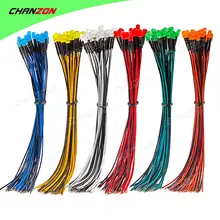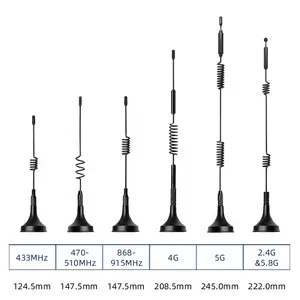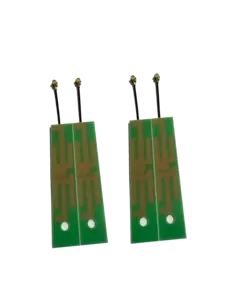Introduction to 4G LTE Antennas
The 4G 28dBi 4G LTE antenna represents a critical component in modern wireless communication systems. Designed to enhance signal reception and transmission, these antennas are pivotal for maintaining robust mobile connectivity. They are engineered to operate within the 4G LTE spectrum, which is essential for high-speed internet and telecommunications.
Types and Applications
There are various types of 4G LTE antennas, each tailored for specific applications. From compact mobile antennas to larger, stationary designs, the selection caters to diverse requirements. These antennas are utilized in a range of devices, including smartphones, routers, and portable broadband modems, facilitating enhanced 4G LTE coverage across different environments.
Technical Specifications
A 4G 28dBi antenna is characterized by its gain, measured in dBi, indicating its efficiency in directing signal strength. A higher dBi suggests a more focused signal, which can significantly improve the performance in areas with weak reception. These antennas are designed to operate efficiently across various frequency bands, ensuring compatibility with a wide array of 4G LTE networks.
Features and Materials
The construction of a 4G LTE high gain antenna involves materials that ensure durability and performance. Typically, these antennas are made from weather-resistant components, allowing for outdoor use in various climatic conditions. The design often includes features such as multi-element arrays to optimize signal reception and polarization to reduce interference.
Advantages of Enhanced Connectivity
Employing a high gain 4G LTE antenna can significantly improve connectivity. Users experience fewer dropped connections and enhanced data transfer rates, which is crucial for applications requiring stable internet access. The increased gain also means better reach, extending the service range of networks, especially in rural or remote areas.
Choosing the Right Antenna
Selecting the appropriate 4G LTE antenna involves considering factors such as frequency band compatibility, gain requirements, and installation environment. It is essential to match the antenna's specifications with the user's specific needs to ensure optimal performance and reliability of the 4G LTE network.










































 浙公网安备 33010002000092号
浙公网安备 33010002000092号 浙B2-20120091-4
浙B2-20120091-4